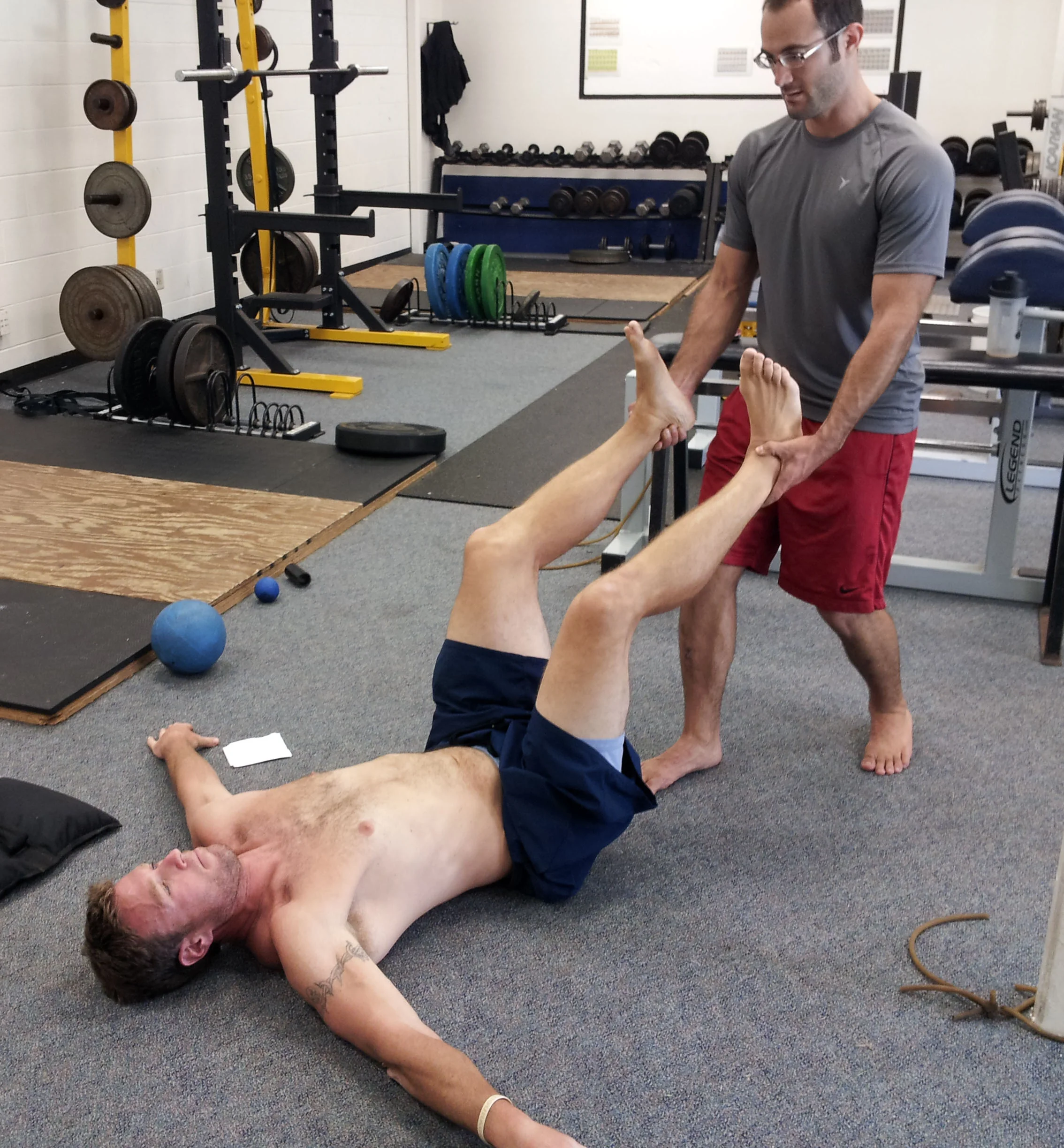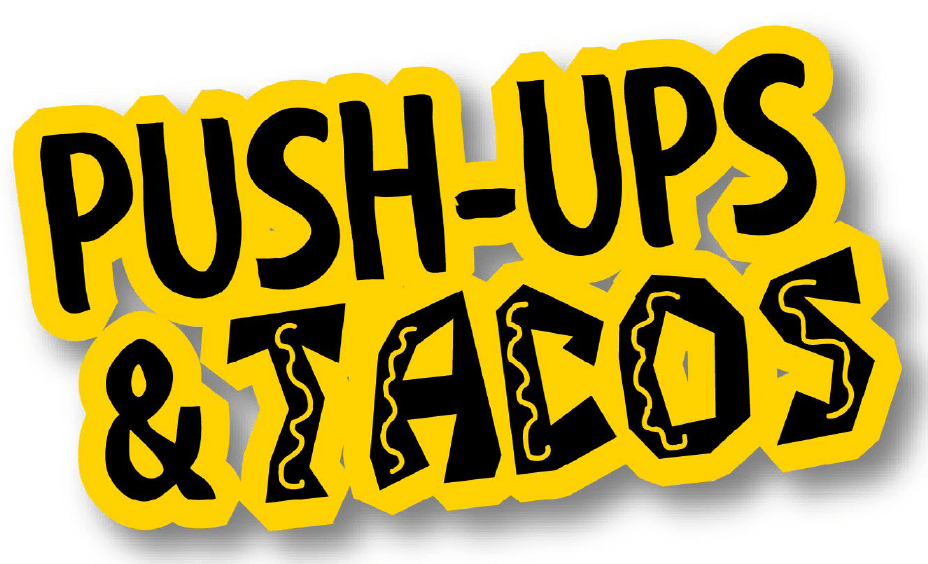Yea that's right. Brian's talking about squatting again. Go figure. I love the squat. It's the bees knees. But in my experience of teaching others, that often include fitness professionals, I here one excuse all too often when people struggle to squat, "I can't squat deeper because of my ankle mobility." Poppycock I say. I'll tell you why.
I already discussed very briefly how to squat. I didn't really provide many corrections for fixing or improving when things don't work out so easily, though. While ankle mobility can play a big role in a trainee's ability to squat deeper I don't usually buy this excuse unless it's accompanied by a story of horrific trauma. Do I see people with bad ankle mobility? Yes all the time. But its not often that the ankle is truly what limits the squat. So what's going on that won't let people squat to parallel or below if its not that pesky ankle? Its not mobility at all. Its strength and activation of the psoas.
CLICK BELOW TO DOWNLOAD OUR PUSH UPS & TACOS EBOOK AND LEARN MORE ABOUT PROPER FORM FOR ALL TYPES OF WORKOUTS ↓↓↓
Role of the Hip Flexors
The action of the psoas is often referred to as hip flexion and trunk stabilization. This may very well be true, but it doesn't really produce an image that is really helpful to us as a coaching cue. What we might actually think of the psoas along with other hip flexors is that they actively pull us into the deeper positions of the squat and pull the trunk forward to keep our center of gravity over our feet. When the psoas is too weak or inhibited to keep the trunk pulled forward between the feet you will feel as though you are trying to move past an invisible squatting barrier, and you are. The barrier is your mind, the instinct for self preservation, and the governing mechanisms hardwired into your nervous system that won't let you easily move into a position to fall.
Visualization and Coaching
These mechanisms aren't going away anytime soon for most of us life loving squatters so it's important to learn how to move well and avoid them all together. For many it can be as simple as relearning how you move into the bottom position of a squat and changing the coaching cues. Do not let gravity pull you down, or let the bar push you into the bottom position. Both of these visualizations of the eccentric portion are passive. One must be more aggressive in the movement and visualize using the hip flexors and adductors to pull into the bottom of the squat. This will draw the femurs into the hips and pull the navel forward keeping the center of gravity between the feet.
For Reference: The squatter above has struggled with depth for sometime and spent some time reworking the cues and activating the hip flexors prior to this "PR" depth.
Learning and Activation
If changing the way you coach and visualize the eccentric phase doesn't remove the invisible barrier, then maybe its time relearn how to use the psoas and hip flexors. There are many ways to get people to activate their hip flexors by isolating the leg lift while seated or having them pull their knees to the chest while lying on their back. None of these, however, adequately teach them to pull their torso into the bottom squat position because the focus is on pulling or lifting the leg. No one pulls the leg up in a squat unless its a single leg squat.
Change the focus from the legs to hips, groin and torso by having them pull into the bottom of the squat against resistance. This easily done with a partner by holding the wrists and providing them resistance as they draw into the bottom position of a globlet squat. You can have them pause while continuing to pull against you in varying positions of the eccentric movement. Take time to emphasize the bottom position with resistance, while allowing them to learn to pull their center of gravity between their feet.
The drills pictured above could also be done with a jump stretch band and a little enginuity. I find that the partner version seems to work a little better though, perhaps because a partner can also give you the verbal cues as well.
Some people really do have ankle mobility issues that limit their ability to squat. I just don't think that is the answer every time someone falls on their butt from squatting too low. Fixing the patterning and activation of the hip flexors in the eccentric portion likely isn't the only way to improve the squat, either. It sure as hell works a lot of the time though. If you are having trouble squatting or coaching it try recoaching or visualizing the eccentric phase into the hole. Let me know what your results are.
FOLLOW OUR TIPS ON PROPER FORM FOR ALL YOUR FAVORITE WORKOUTS
CLICK BELOW TO DOWNLOAD OUR FREE WORKOUT GUIDE.





